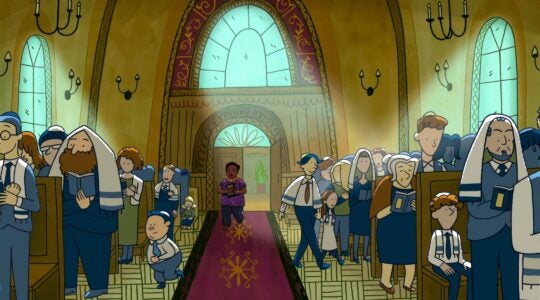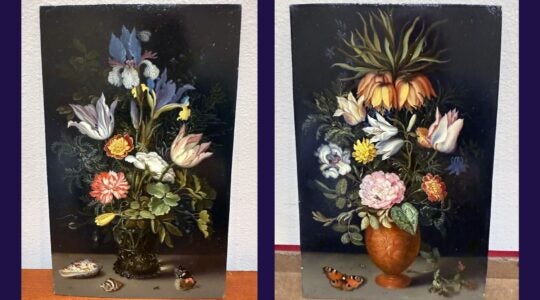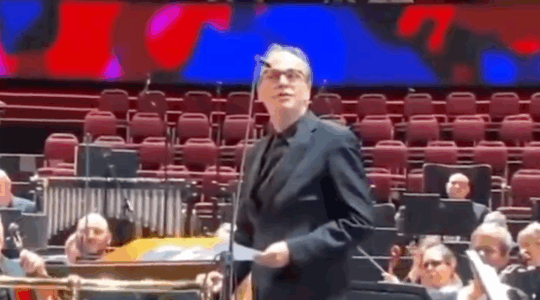Those who remember Israel’s Beit Hatfutsot as a dark, musty, 1970’s-style building with few daily visitors to its exhibits may soon have a very different perception of the institution.
The 31-year-old the Nahum Goldmann Museum of the Jewish Diaspora, located on the campus of Tel Aviv University, is in the midst of some detailed redesign-planning and fundraising efforts—and on its way to becoming the Museum of the Jewish People.
The museum, once considered cutting edge in how it drew museum goers into its interactions, had fallen itno its disuse. Features that wowed visitors in the 1970s — tracking the origins of a Jewish surname on the museum’s database, for instance — were no longer relevant in the 21st century.
Museum board members and staff held an open forum Tuesday at Washington, D.C.’s Sixth and I Historic Synagogue to show digital mock-ups of the proposed $24-million renovations, discuss plans for new exhibit content and do a bit of much-needed fundraising.
“Beit Hatfutsot, which started out as being a museum of the Diaspora, must become and is becoming a bridge between those who live in Eretz Yisrael and those who do not live in Eretz Yisrael,” said Alfred Moses, honorary president of the American Jewish Committee and the host of the forum.
Beit Hatfutsot is a public, not-for-profit organization, the brainchild of former World Jewish Congress President Nahum Goldmann. Saved from financial ruin by project initiator and former Russian oil tycoon Leonid Nevzlin, who has donated several large sums over the past few years to keep the organization afloat, the museum still requires approximately $18 million for the massive renovation. The edifice will be gutted. Walls will be demolished, windows will be installed and three new floors’ worth of exhibits will be curated.
In its new incarnation, the museum’s aim will shift, as well. It will go from “a living testament to the Jewish dispersion following the Holocaust,” according to the Beit Hatfutsot Web site, to “the ongoing story of the Jewish people,” said Orit Shaham Gover, chief curator of the Beit Hatfutsot permanent exhibit.
That permanent exhibit, which includes the museum’s well-known, small-scale models of historic synagogues from around the world, will remain in the museum. It will be moved to another, nearby building for viewing during the renovation and then returned before the grand reopening.
“The Museum of the Jewish People should be a touchstone institution,” Nevzlin said at the forum. It will “help create the Jewish future we have hoped for.”
The new exhibits will include a family gallery, media theaters and interactive displays. Some of the latter will include three-dimensional holiday and special-occasion set-ups, such as a table laid with replica items for a Sabbath dinner and one a Jewish wedding scene, complete with ceremonial canopy and figures holding it up and standing beneath it.
“Our museum will not have an end chapter,” Shaham Gover said. “It’s an ongoing venture and each one of us plays an ongoing role in that venture by walking in and out of the museum.”
Moses spoke of "two epic struggles," Israel’s survival as a state and a shrinking world Jewish community. "The number of intermarriages is growing," he said and Jewish continuity is "very much in question."
JTA has documented Jewish history in real-time for over a century. Keep our journalism strong by joining us in supporting independent, award-winning reporting.





